Python - Python Programming Assistance
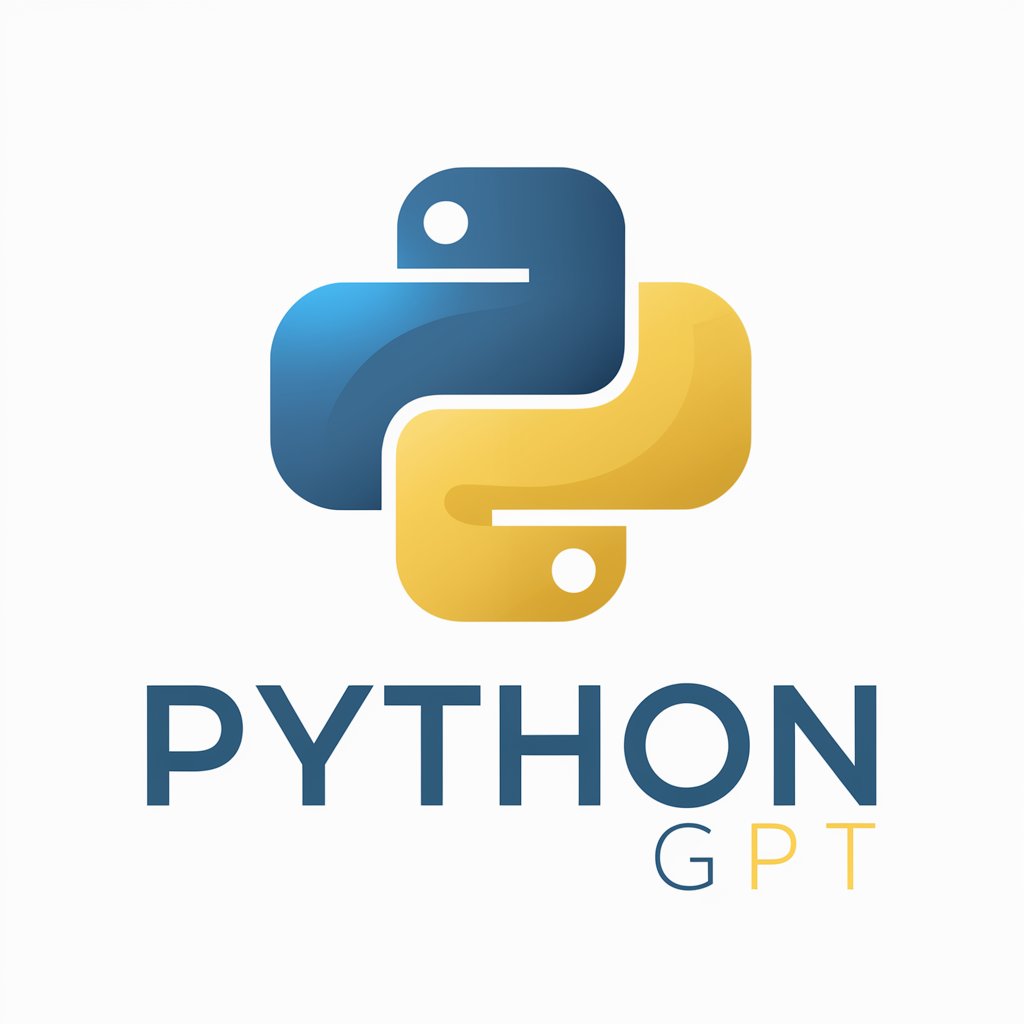
Hello! How can I assist with your Python programming today?
Empower Your Coding with AI
How do I debug this Python code that...
Can you help me understand how to use...
What are the best practices for writing...
I'm having trouble with this Python function...
Get Embed Code
Overview of Python
Python is a high-level, interpreted programming language known for its simplicity, readability, and versatility. Designed by Guido van Rossum and first released in 1991, Python's philosophy emphasizes code readability and simplicity, often using fewer lines of code to achieve the same task compared to other languages. It's dynamically typed and garbage-collected, which helps in rapid application development. Python supports multiple programming paradigms, including procedural, object-oriented, and functional programming. A key aspect of Python is its extensive standard library, which includes modules for a wide range of tasks, from web development to data analysis. For example, the 'requests' library simplifies HTTP requests, while 'Pandas' is essential for data manipulation and analysis. Powered by ChatGPT-4o。

Core Functions of Python and Their Applications
Data Analysis and Visualization
Example
Libraries like Pandas and Matplotlib
Scenario
Data scientists use Pandas for data manipulation and analysis, such as cleaning and transforming datasets. Matplotlib is used to visualize data, creating plots and graphs for better understanding and communication of data insights.
Web Development
Example
Frameworks like Django and Flask
Scenario
Developers use Django to build robust web applications rapidly. It follows the 'Don't Repeat Yourself' principle, making code easier to maintain. Flask, a micro-framework, is preferred for smaller projects due to its simplicity and flexibility.
Machine Learning and AI
Example
Libraries like TensorFlow and Scikit-learn
Scenario
Python is pivotal in AI development. TensorFlow enables building and training of neural networks for complex tasks like image recognition. Scikit-learn is popular for implementing machine learning algorithms for predictive data analysis.
Automation and Scripting
Example
Built-in modules like os and sys
Scenario
Python automates repetitive tasks like file manipulation, and system configuration changes. The 'os' module interacts with the operating system, while 'sys' provides access to system-specific parameters and functions.
Scientific Computing
Example
NumPy and SciPy libraries
Scenario
NumPy provides support for large, multi-dimensional arrays and matrices. SciPy builds on NumPy, offering additional functionality for scientific computing like optimization, integration, and statistics.
Target User Groups for Python
Data Scientists and Analysts
They benefit from Python's data processing capabilities, libraries like Pandas and NumPy, and its strong community support for data analysis and visualization.
Web Developers
Python's frameworks like Django and Flask simplify web application development, offering robust security features, scalability, and efficient code management.
AI and Machine Learning Engineers
The extensive libraries and frameworks in Python, such as TensorFlow and Keras, make it an ideal choice for implementing and experimenting with machine learning algorithms.
Academic Researchers and Educators
Python's simplicity and readability make it a popular choice in academia for teaching programming concepts and conducting research in various fields.
Automation Engineers
Its scripting capabilities make Python suitable for automating repetitive tasks, testing software, and managing system operations.

Getting Started with Python
Initiate Your Python Journey
Visit a platform offering Python learning or coding environments, such as an online IDE, without needing to sign up for premium services.
Install Python
Download and install Python from the official website, ensuring you select the version that matches your operating system. During installation, tick the box to add Python to your system path.
Set Up Your Development Environment
Choose an Integrated Development Environment (IDE) or a code editor such as Visual Studio Code or PyCharm to write and execute your Python scripts efficiently.
Explore Python Basics
Start with basic syntax and concepts such as variables, data types, loops, and functions. Utilize online tutorials, documentation, and forums for guidance.
Implement Projects
Apply what you've learned by working on small projects or scripts. This could range from data analysis, web development, automation, or anything that interests you.
Try other advanced and practical GPTs
Master of Swift
Empowering your coding and editing journey with AI.
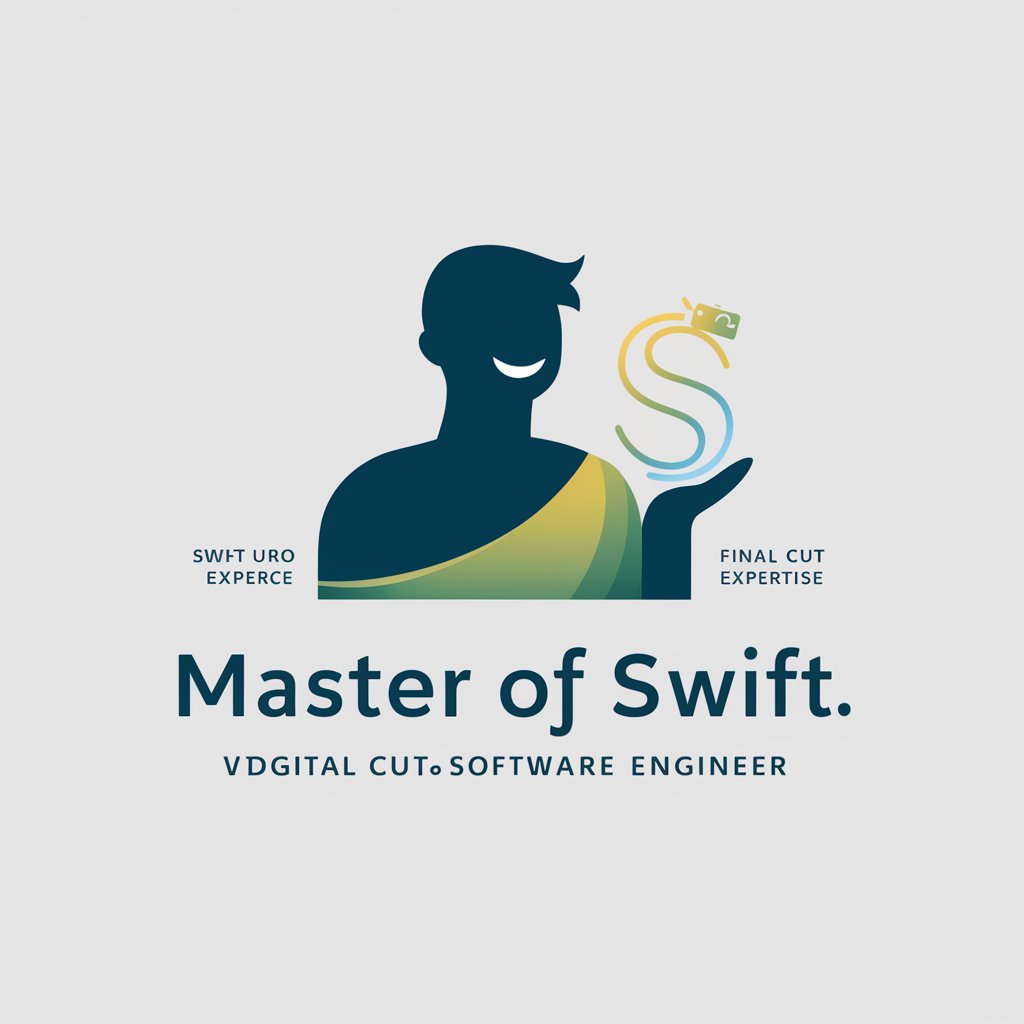
Calorie Tracker
AI-Powered Precision in Calorie Counting
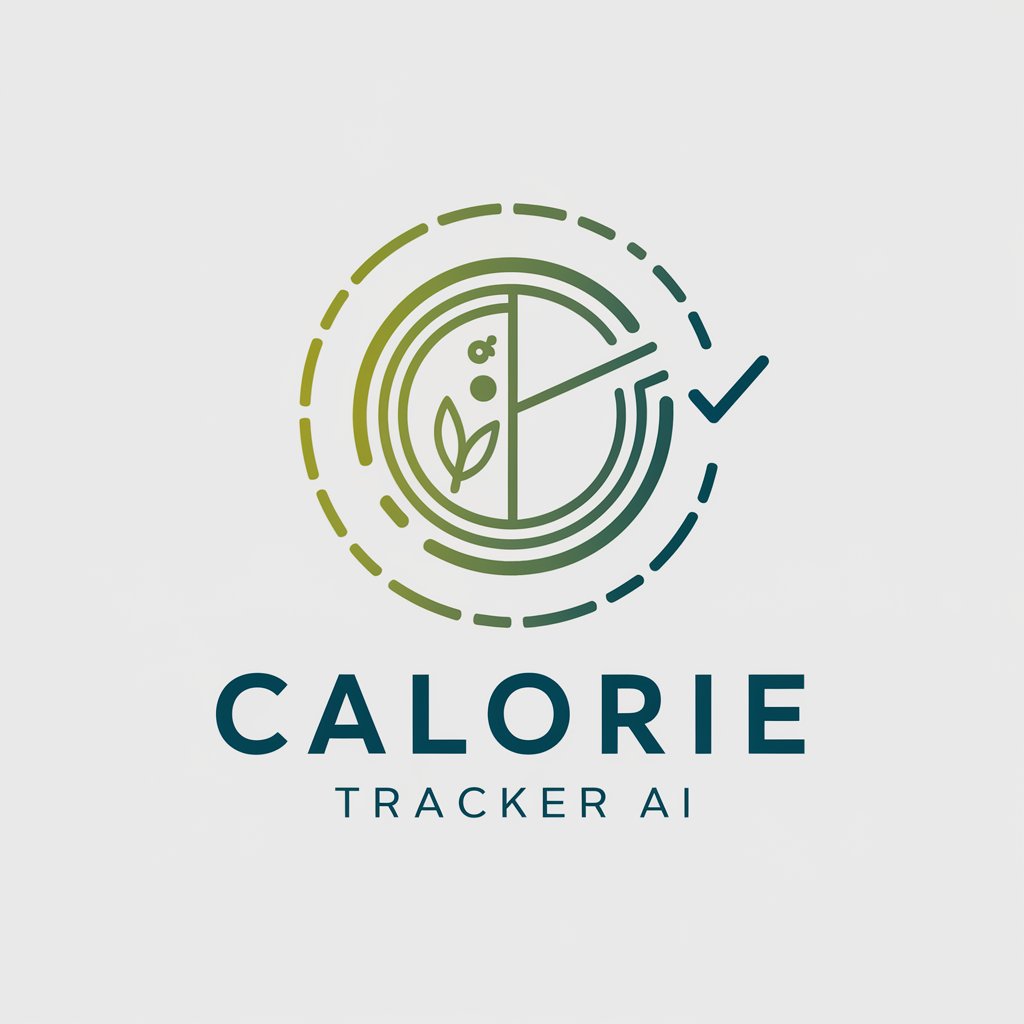
Alexis Sophia先生と学ぶ『ギリシャ神話×自己成長』
Explore Myths, Uncover Growth

Machine Learning
Empowering AI-Driven Solutions
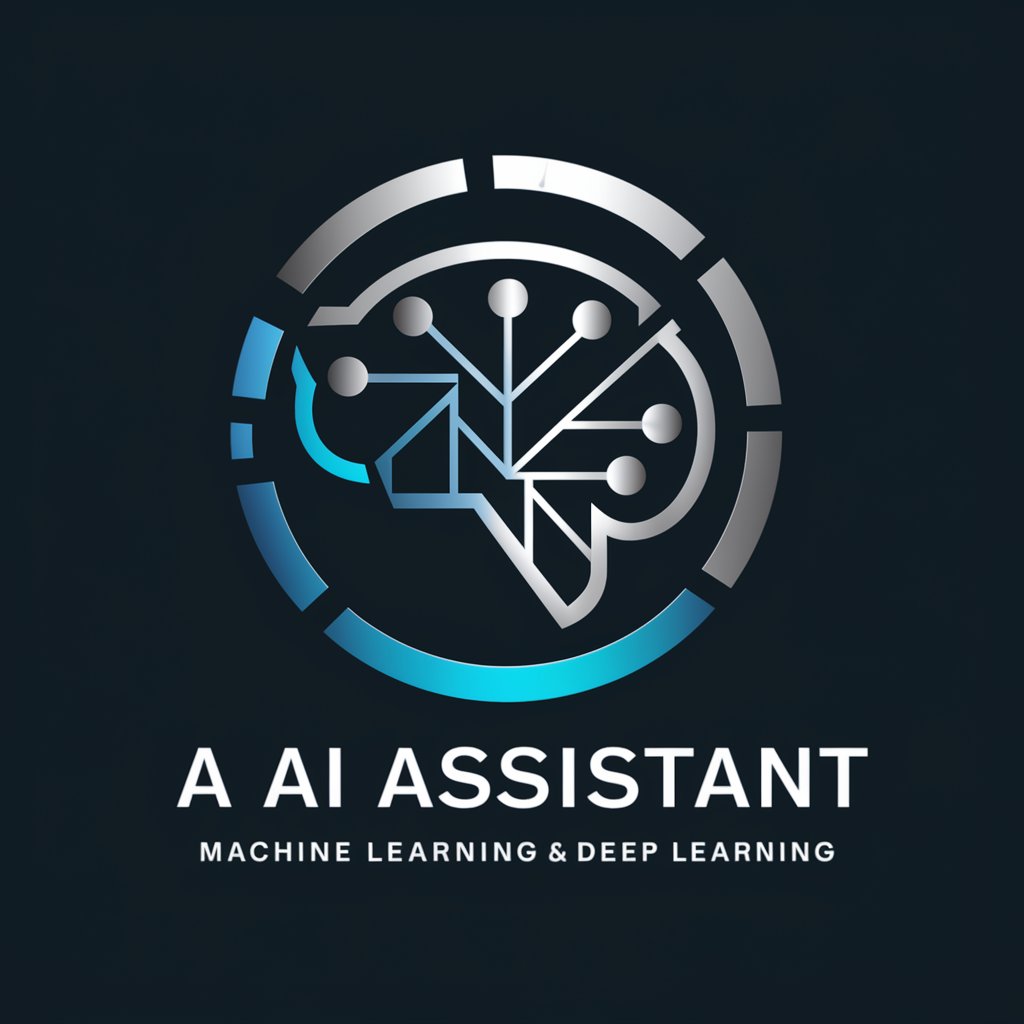
Viral Hook Maker
Crafting Captivating Content with AI

Flutter Riverpod GPT
Empowering Flutter development with AI-powered Riverpod guidance

Un-Bias The Truth
Empowering informed decisions with AI.
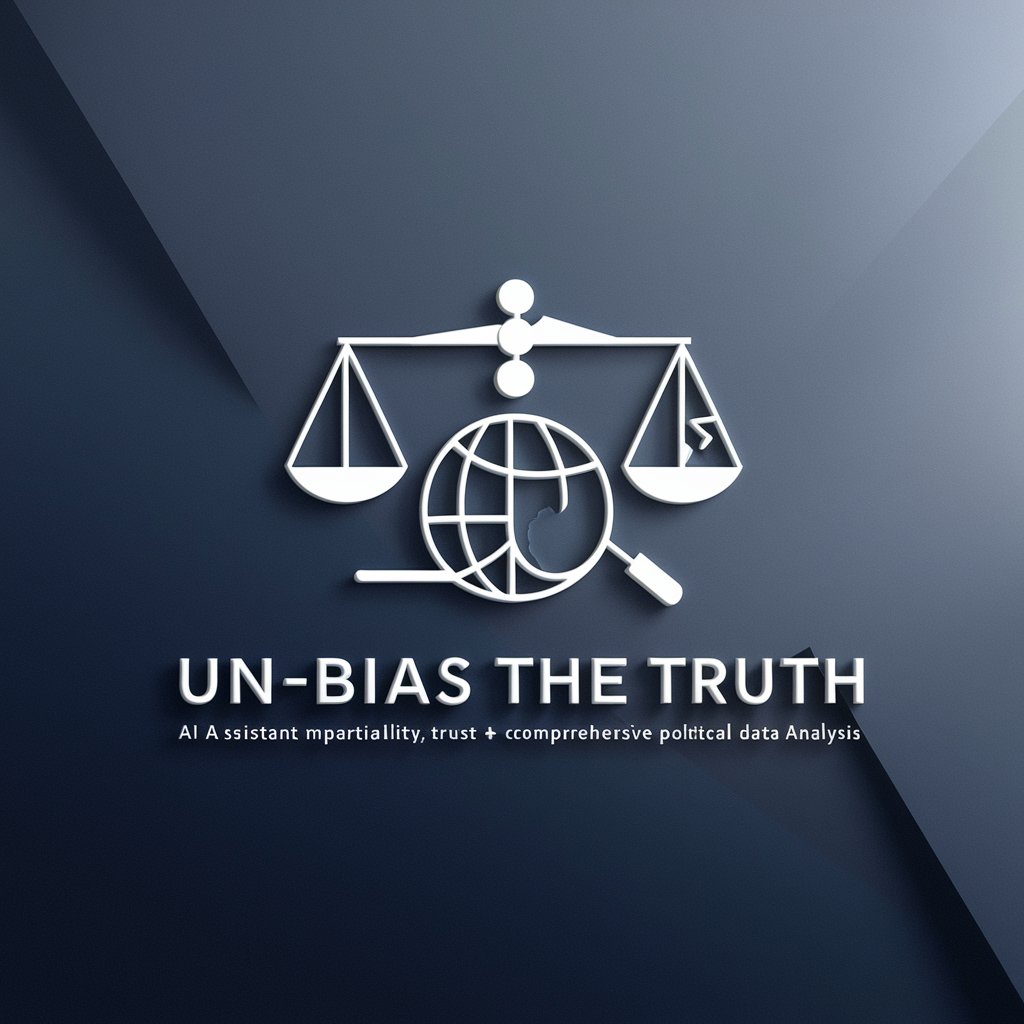
Lesson Planner Pro
Empowering educators with AI-driven lesson planning.

医院避坑指南
Navigating healthcare with AI-driven insights

Be Right Back (Black-Box)
Revive Texting Styles with AI
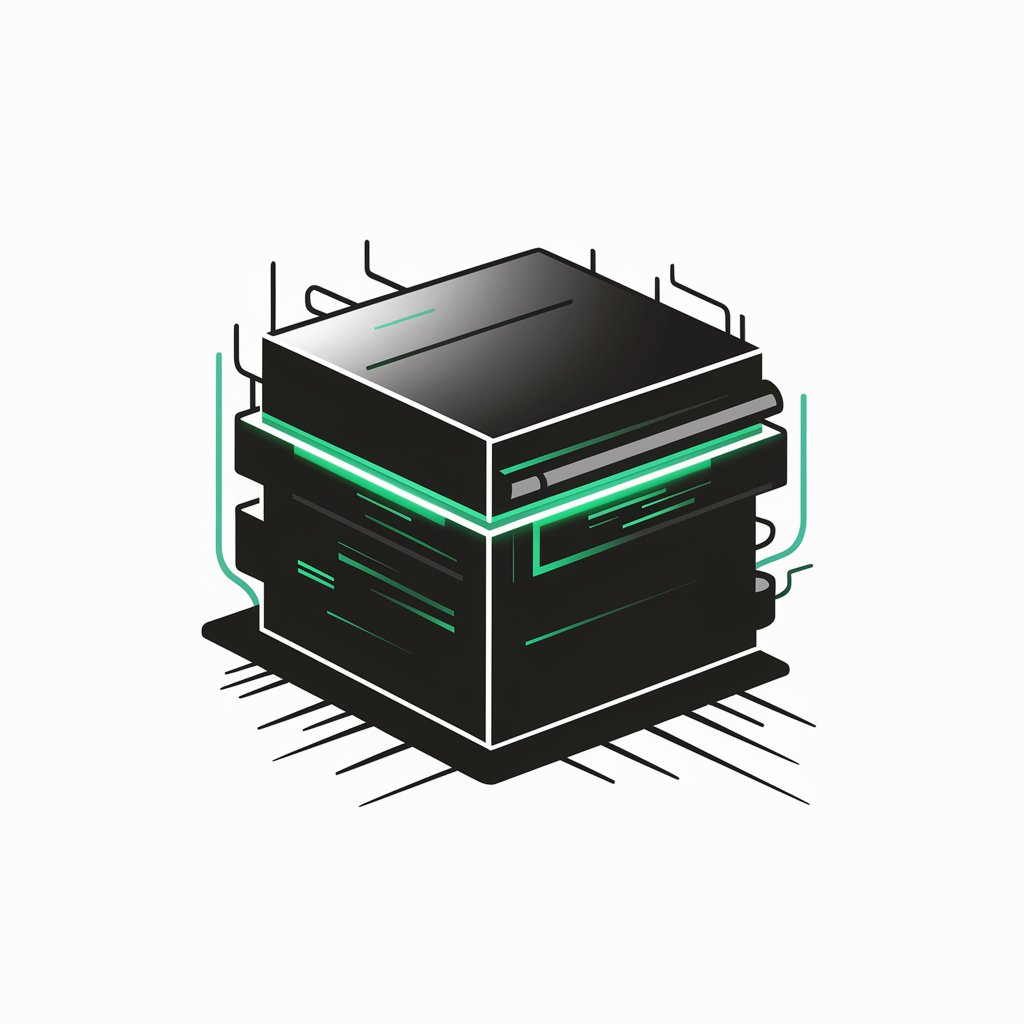
Market Insight AI
Empowering decisions with AI-driven market insights.

GURI
Empowering digital innovation with AI insights.

Python Q&A
What are Python virtual environments and why are they important?
Python virtual environments allow you to manage separate package installations for different projects. They are crucial for avoiding conflicts between package versions and ensuring that each project has its own set of dependencies.
How can I improve my Python code's performance?
Optimize your Python code by using efficient data structures, minimizing the use of global variables, leveraging list comprehensions, and employing libraries like NumPy for numerical computations. Profiling tools can also help identify bottlenecks.
What is the difference between Python 2 and Python 3?
Python 3 introduced significant improvements and changes such as print as a function, integer division behavior, and Unicode support by default. Python 2 is no longer supported, making Python 3 the preferred choice for new projects.
How can I manage packages and modules in Python?
Use the pip package manager to install, update, and remove Python packages. Organize your code into modules and packages to maintain a clean project structure and facilitate reuse.
What are some common libraries in Python and their uses?
NumPy for numerical computing, Pandas for data analysis, Matplotlib and Seaborn for data visualization, Requests for HTTP requests, Flask and Django for web development, and TensorFlow and PyTorch for machine learning.
